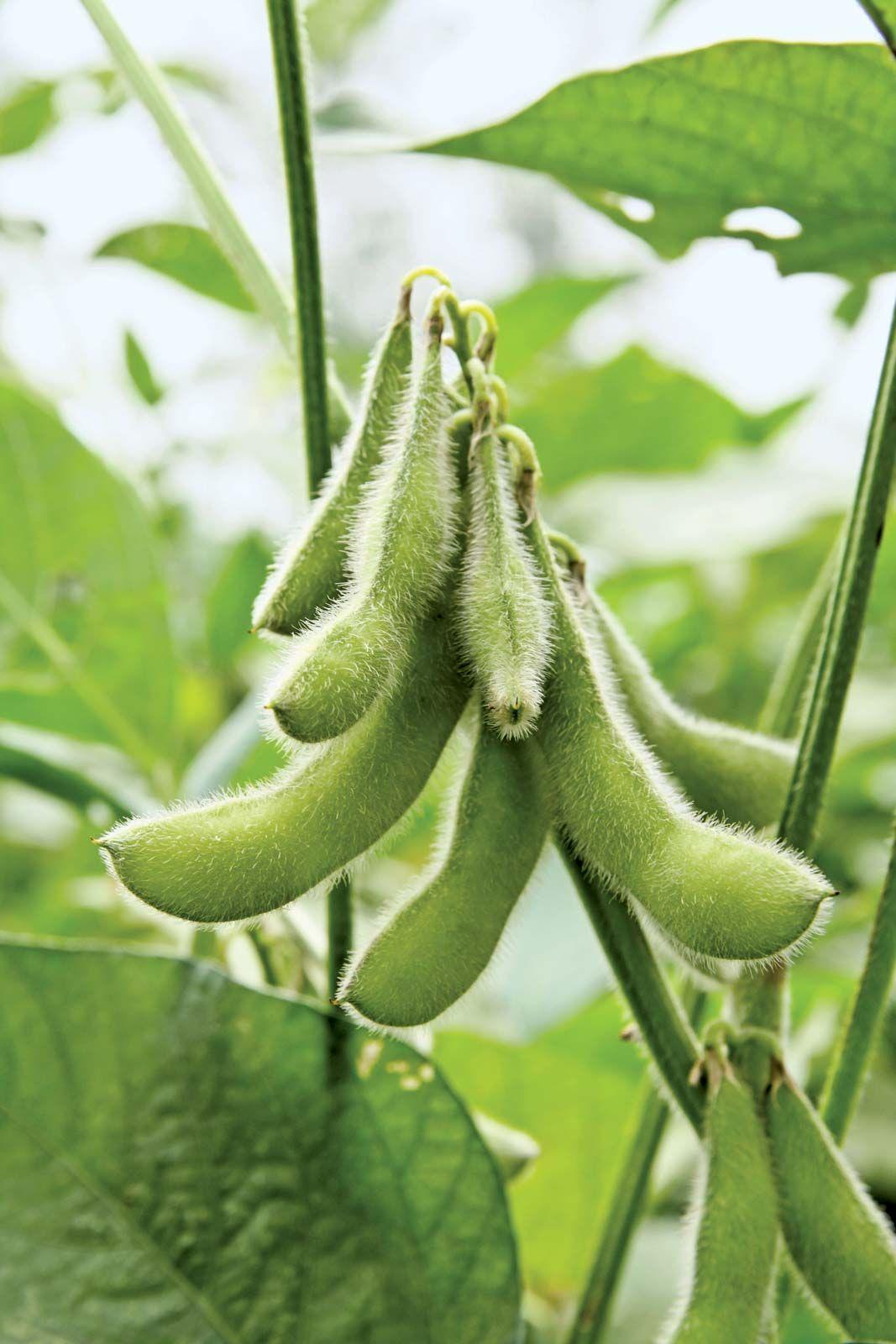The soybean emerges as one of the globe’s most versatile crops—a botanical chameleon that adapts and reinvents itself at nearly every rung of the food system. Once recognized mostly for its role in livestock feed or as a side note in Asian cuisines, this legume has since catapulted to occupy a critical post within both agricultural landscapes and daily human diets. During certain autumns, the sight of undulating green seas across the Midwest or South America signals not just harvest season, but also billions of dollars in trade moving unseen through global arteries.
Originating from eastern Asia, Glycine max belongs to the leguminosae family—relatives include clover yet also peas and alfalfa. Unlike their kin, soybeans offer an unusually rich profile: lipids comprise nearly 20%, while protein content soars past 36%. Oddly enough for a legume, they’re richer in fats than many would anticipate during initial encounters with raw pods.
Sifting through harvested beans reveals two primary commodities with contrasting destinies: oil and meal. Crushing releases golden soybean oil—second only to palm on world vegetable oil markets—which meanders into salad dressings or finds new life powering engines via biodiesel. The remaining presscake undergoes pelletization; this protein-rich residue sustains countless cattle, pigs, chickens—even aquaculture ventures benefit from these pellets’ reliability as feedstock.
Within kitchen pantries worldwide lies tofu—the result of intricate coagulation processes applied to extracted soy milk—or packs of edamame cooling next to frozen berries. For millions pursuing plant-based appetites or requiring specialized nutritional regimens (athletes included), soy forms an irreplaceable backbone due to its complete essential amino acid spectrum and substantial isoflavone concentrations. Countries like Japan have woven soybean products into their traditions so profoundly that it might seem odd now if rice were ever considered more vital.
A quick shift toward production scale locates United States fields bound with satellites mapping yield forecasts each season; Brazil’s Cerrado has become another stronghold—arrivals at port terminals clocking exports destined for China’s aquafeed factories only heighten visibility on international newswires each spring. Argentina completes this triumvirate by exporting processed meal globally alongside corn shipments across Atlantic waves.
Not all applications aim at filling stomachs nor fueling diesel engines; industrial sectors draw on soy derivatives too. Sustainable foam cushions or adhesives sometimes incorporate bean-based compounds instead of petroleum alternatives—a surprising twist even most grocery shoppers overlook when considering what underpins “green” upholstery tags affixed discreetly beneath chairs.
Viewing trade flows causes inherent complexity: large-scale monocultures tempt swiftly climbing profit curves but can incite environmental alarms about soil exhaustion or land-use conversions elsewhere (deforestation risk stubbornly accompanies expansion fronts near vulnerable Brazilian biomes). Juggling demands between food security policies and ecological imperatives sometimes thrusts policymakers into impasses where consensus becomes slippery business rather than tidy meeting minutes.
With world hunger remaining stubborn despite technological evolutions elsewhere within agriculture, experts point out that widespread adoption alone doesn’t erase inequalities rooted deeper inside import-dependent economies. Soybean inclusion improves local diets substantially wherever access exists—but real progress requires multifaceted strategies encompassing distribution reform well beyond genetically optimized seed stock supply chains alone. In fact some nations implement tariffs favoring domestic processing industries over direct export sales which results in peculiar market imbalances not forecasted years ago by economists focused solely on crop tonnage projections.
When evaluating by caloric return per hectare farmed there’s robust debate whether shifting acreage away from animal fodder toward direct human consumption would optimize public health benefits without introducing unforeseen disruptions somewhere along logistic networks barely holding together already under climate stressors.
Still today among growers in Iowa breeze carries chatter regarding nitrogen-fixation capacity below root nodules—a trait permitting reduced dependence on external fertilizers unlike neighboring cornfields racing up right beside them yet demanding heavier inputs year-after-year. Agronomists occasionally bicker about best hybrid selection criteria depending upon region-specific pathogen resistance profiles rather than strictly prioritizing maximum tonnage output systems-wide.
Behind any conference agenda item about future global nutrition strategy you’ll find reference points circling inevitably back around towards legumes broadly—and most often landing eventually upon soybean’s unique post atop hierarchy tables listing crops bridging biochemical gaps between carbohydrates-only staples like wheat versus micronutrient-dense pulses such as chickpeas (though one could argue lentils are almost equally worthy candidates). Yet despite evidence accumulating rapidly through recent decades regarding bioavailability improvements realized after fermenting traditional products such as miso—in reality consumer preferences oscillate capriciously faster than processors retool packaging lines set up last fiscal year expecting entirely different flavor trends altogether next quarter anyway.
Thus emerges a multi-layered legacy binding commerce with cuisine; resilience emanates partly from adaptability but also stems directly from nuanced stewardship spanning centuries-old cultural knowledge bases recently subjected again under microscopes wielded by genome editors promising drought tolerance unmatched until last decade accidentally revealed flaws once thought negligible within theoretical breeding simulations back before economic pressure spurred upgrades industry-wide practically overnight.
Soybeans’ evident criticality cannot be tucked quietly beneath commodity tables these days—the humble bean mutates effortlessly across value chains forming essential threads connecting rural field operators as intimately with urban chefs experimenting late evenings coaxing subtle flavors out using low-temperature infusions no focus group ever anticipated popularizing ten years prior nor probably recalling correctly how indispensable nutrient cycling became once fertilizer runoff started disrupting aquatic ecosystems several hundred miles downstream unexpectedly before regulations stepped hesitantly forward eventually adjusting compliance deadlines annually thereafter.










